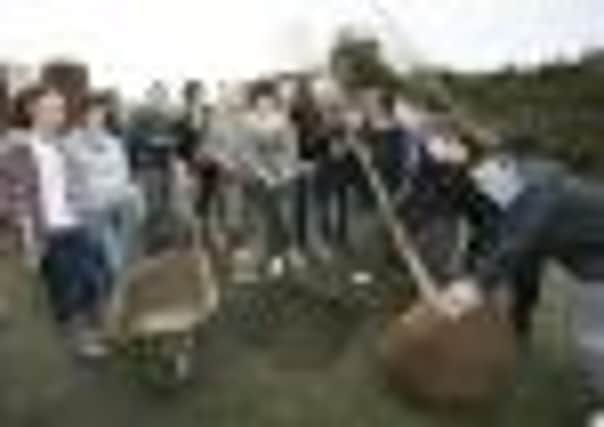Elm trees take root again on housing estate hit by disease


The last of the Parson Cross estate’s ancient elm trees fell victim to Dutch elm disease in the 1970s and until now they had never been replaced.
But a project run by Sheffield Council’s North East Community Assembly has funded the planting as part of its remit to improve living conditions and tackle climate change in the area.
Advertisement
Hide AdAdvertisement
Hide AdYoungsters from Chaucer Business and Enterprise College were joined by Coun Peter Price, chairman of the assembly, to plant the seven new trees.
Coun Price said: “It’s great to see community assembly money being used in this way, being spent on things that really matter to local people and also involving the community in the work itself.
“Parson Cross neighbourhoods currently have the lowest tree cover in the city at only 6.4 per cent, compared to the city average of 15.3 per cent and this money has been allocated in order to start addressing that.”
Leonie Kapadia from Sheffield’s community forestry team said: “Trees make such a huge difference to communities, and planting trees in Parson Cross will also equip these young people practical skills.”
Advertisement
Hide AdAdvertisement
Hide AdThe Parson Cross Estate was built in the 1930s on farmland. The present main entrance to Parson Cross Park was formerly known as Elm Green and other areas incorporated the word elm including Elm Royd and Nether Elm Field. Elm Lane still remains as a main road in the area.